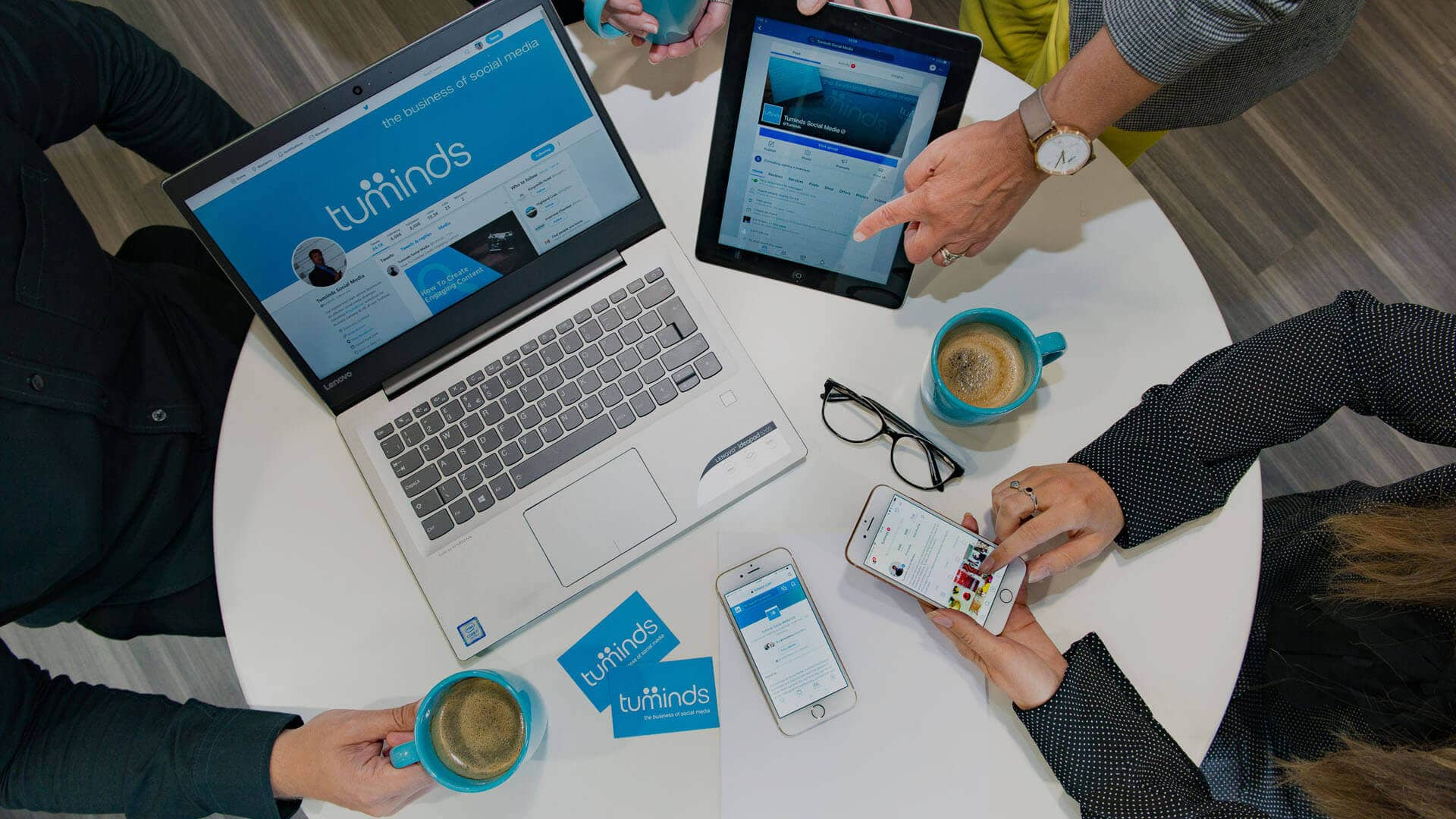We all know that LinkedIn is one of the best business networking tools. It allows you to keep business relationships alive for years and enables you to find new ones easily. Growing your network is crucial to maximise the benefit of your LinkedIn profile. However sometimes the invitations you receive can seem suspicious.
Have you received an odd LinkedIn invitation from a person in a senior position that you have no mutual connections with, who lives in a foreign country and is from completely different industry to yours and wondered why is that person wanting to connect with me? If the answer is yes, then that’s most likely a false profile and you are advised not to accept the invitation right away.
There are many reasons why people or companies create ‘fake accounts’. Mainly they are interested in connecting with you for your data; your employment history, your email address or your general activity and connection list.
Even though I haven’t experienced too many of these ‘fake’ invitations on LinkedIn myself, they still exist and LinkedIn has yet to find a better way of detecting them. So ultimately it’s up to you to spot the fake accounts from the legitimate ones.
These are some things to look at and do before accepting that suspicious invitation you received:
- Do a reverse image search across the internet using Google images to detect if the same image has been used for other identities
- Look out if the person inviting you has limited personal and professional information on their profile
- The country, city or area they state they’re from is not close or relevant to where you are
- You notice that there is no relationship between your industry and theirs
- They have no mutual connections with you
- Their email address is generic and does not match up with their personal or professional information listed on the profile
- The person has very few connections (less than 20) or too many connections (500+)
Once you have clarified that the invitation you received is not authentic, there are a couple things you can do to help reduce the number of these spam invitations:
- Contact LinkedIn customer service and explain your suspicions
- Follow LinkedIn’s False Profile Policy that advises to flag or report false accounts



